Princess Diana mourned on 25th anniversary of death
25 years ago, on Aug. 31, 1997, the world stopped.
Gasps and sobbing were heard from every corner as headlines flashed that Princess Diana, an icon and inspiration to many — and just 36 years old — had died in a car crash.
In the days that followed, millions paid tribute to Diana, leaving flowers, notes, memorabilia and gifts at Buckingham Palace, in the hopes of finding some semblance of closure in the painful loss of the beloved People’s Princess.
Over two decades later, the grief is ever-present for those who knew her, fans who adored her, the generations inspired by her charity — and her sons, now adults raising their own children without her loving embrace.
Charles Spencer led an emotional tribute to his late sister on Wednesday, the anniversary of her tragic death. The 58-year-old shared a photo on Twitter showing a flag at half-mast at her childhood home, Althorp House.
Prince Harry, Duke of Sussex, 37, said he would be spending time with his family privately on Wednesday, but gave a heartbreaking statement last week during a polo event.
“Next week is the 25th anniversary of my mother’s death, and she most certainly will never be forgotten,” he said. “I want it to be a day to share the spirit of my mum with my family, with my children, who I wish could have met her.”
Prince William, Duke of Cambridge, 40, is said to be spending the day with wife Kate Middleton and their three children — Prince George, 9, Princess Charlotte, 7, and Prince Louis, 4 — a royal source told People magazine.
25 years later, the world still cries for Diana, too. Fans also mourned the legend, whose charm, wit, style and kind heart cemented her as a crowned queen in the pop culture landscape.
In London on Wednesday, countless visitors paid their respects at Kensington Palace, placing flowers, memorial arrangements, photos, notes, artwork and more.
“I think we need to remind ourselves that she was probably the best-known woman in the English-speaking world, aside from perhaps Queen Elizabeth II herself,” historian Ed Owens told the Associated Press ahead of the 25th anniversary.
“And, given this massive celebrity persona that she had developed, to have that extinguished overnight, for her to die in such tragic circumstances, at such a young age, I think really came as a massive shock to many people.”

Aug. 31, 1997
On that fateful night, the Princess of Wales simply wanted to escape the press and the pressure of being in the spotlight. So, she and her boyfriend, Egyptian producer Dodi Fayed, went to Paris on Aug. 30, 1997, as a stop on their way to London for alone time.
As they left the Hotel Ritz the next evening from the rear entrance, an overflow of reporters and photographers hounded the couple, whose budding relationship was heavily discussed in newspapers globally.
Their driver, Henri Paul, led them into a Mercedes-Benz S280 — a car lent to them from Etoile Limousines for the trip.
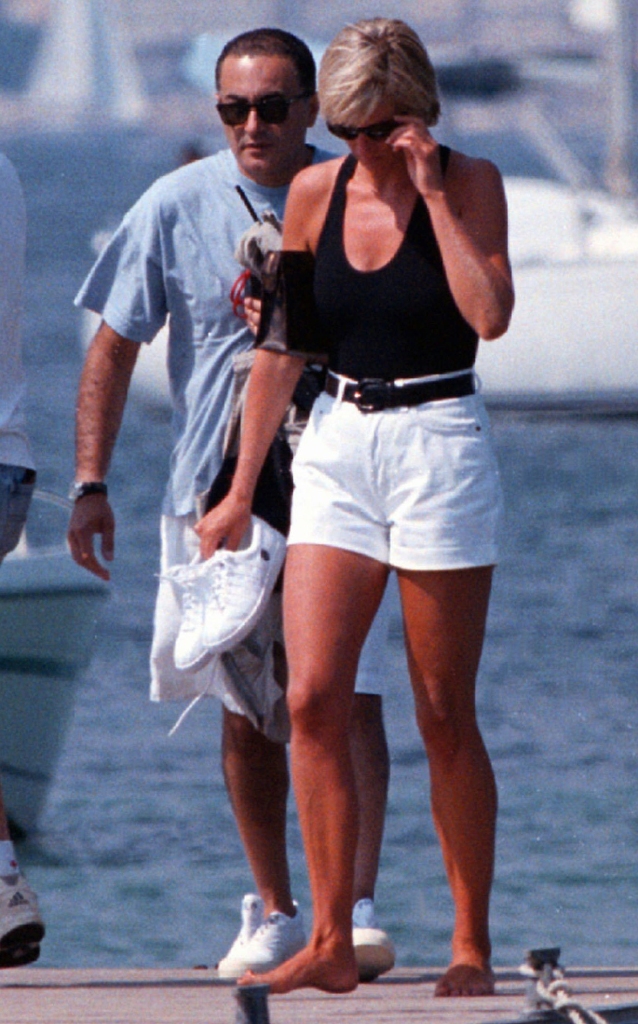
While being chased by the press, Paul was driving in the tunnel at Paris’s Pont de l’Alma when the car slammed into a pole in the center of the highway.
Paul and Fayed — who was the son of billionaire and former Harrod’s owner Mohammed Al-Fayed — died instantly, but Diana was still breathing. Their bodyguard, Trevor Rees-Jones, survived and it was alleged that no one in the vehicle was wearing a seatbelt except for him.
When Diana was brought to the Pitié-Salpêtrière Hospital, she had extensive chest injuries and a concussion, amongst other traumas. However, she ultimately died from internal bleeding on the morning of Aug. 31, 1997, at 36 — just one year younger than Prince Harry is today.

The People’s Princess
But throughout her short life, Diana Spencer accomplished so much that others could only dream about.
By the time she was 20 years old, she married Prince Charles — the eldest son of Queen Elizabeth and the heir to the British monarchy — at St. Paul’s Cathedral on July 29, 1981, and became the Princess of Wales.
Three years later, the pair had two sons, Prince William in 1982 and Prince Harry in 1984, and she was often photographed with her boys as a doting, hands-on mother.
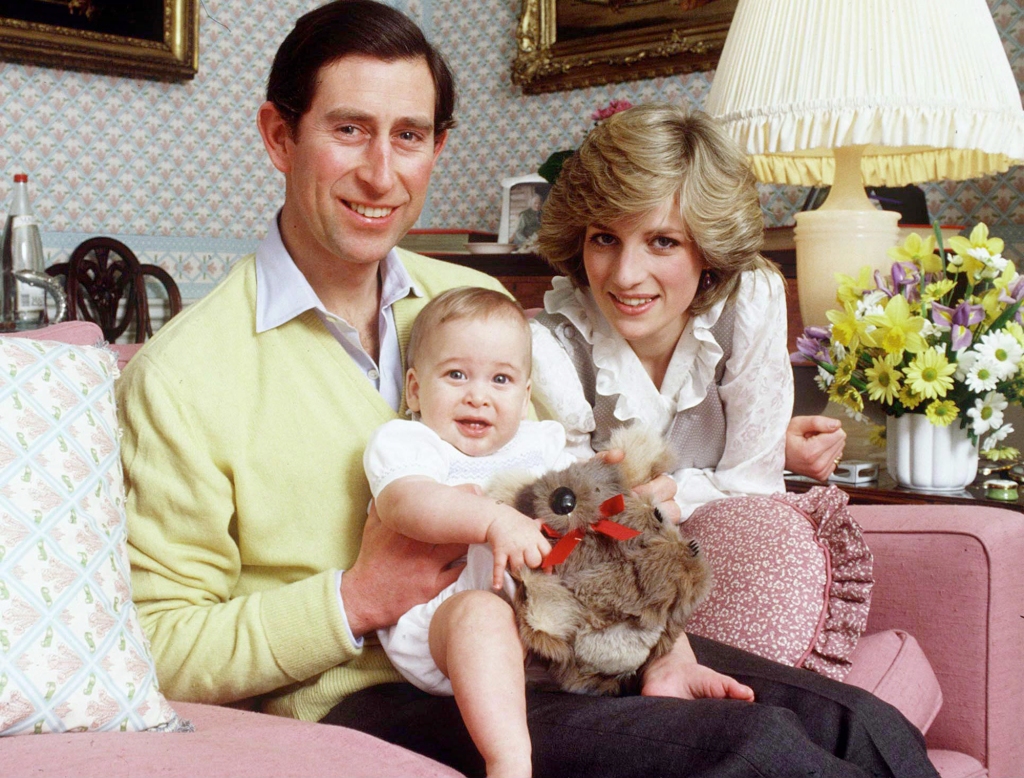
As Diana’s popularity surged, the public’s affection for her only grew as she cemented her place in the royal family — and even more when she left “The Firm.” By the time her divorce from Charles, now 73, was finalized in 1996 — and he publicly admitted he cheated on her with old friend Camilla Parker-Bowles — every detail about Diana’s life, past and present, had been inspected under a magnifying glass in incredible detail.
Since the public seemingly felt they knew Diana on such an intimate level, the shock of her death hurt deeply.
As the globe mourned her from near and far, some members of the public even visited her home at Kensington Palace to grieve the loss of a woman they never met, leaving mountains of flowers and cards at the palace gates.
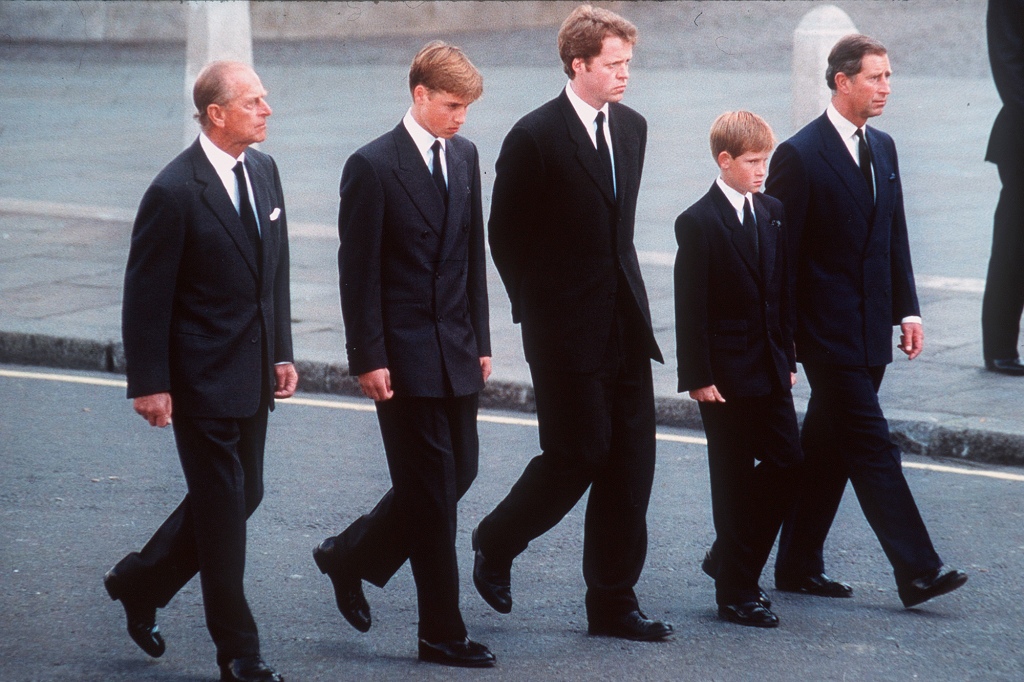
Her funeral was held one week later, on Sept. 6. It was broadcast and watched by over 2.5 billion people, with friends, family, celebrities, politicians and other royal dignitaries alike attending the requiem at Westminster Abbey.
The Queen’s late husband Prince Philip, the Prince of Wales, Diana’s brother Charles Spencer, William, who was only 15, and Harry, just 12, solemnly followed behind Diana’s funeral cortège on that sorrowful day.
“I don’t think she ever understood why her genuinely good intentions were sneered at by the media, why there appeared to be a permanent quest on their behalf to bring her down. It is baffling,” Spencer said in his eulogy for his late sister at the time.

“My own and only explanation is that genuine goodness is threatening to those at the opposite end of the moral spectrum,” he said. “It is a point to remember that of all the ironies about Diana, perhaps the greatest was this; a girl given the name of the ancient goddess of hunting was, in the end, the most hunted person of the modern age.”
Di’s legacy
Despite almost three decades passing since that ill-fated day in Paris, Diana’s legacy lives on — protected by her devoted sons.
While they won’t be commemorating their late mom together, William and Harry have previously announced they will mourn their mom in private.
Both men stated in 2017, on the 20th anniversary of her passing, that it would be the final time they celebrate her in a publicized manner.
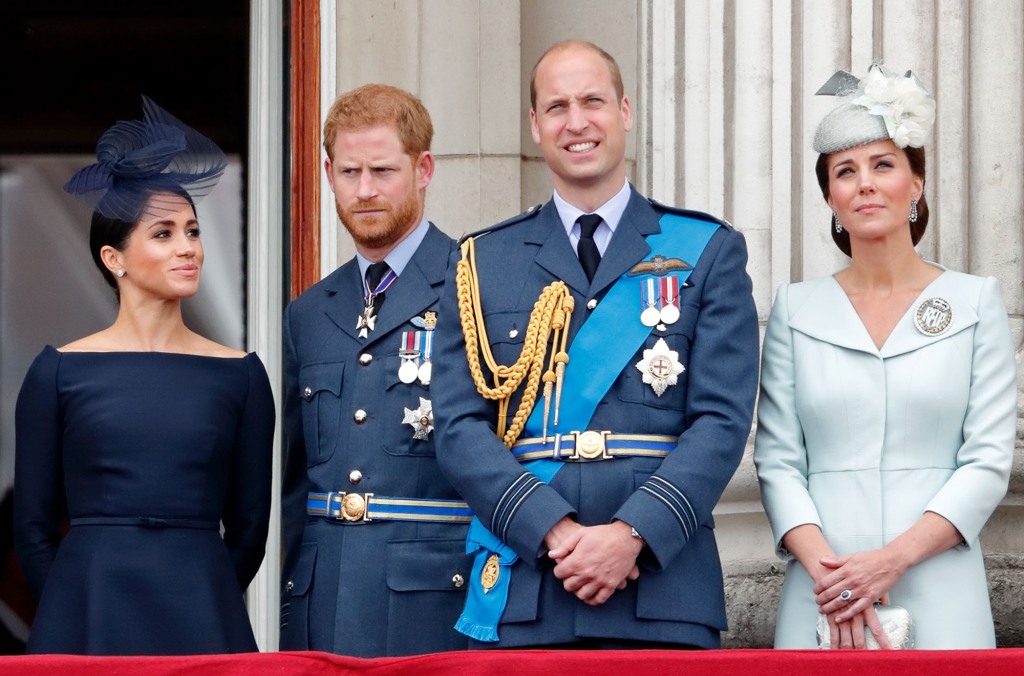
At a charity event earlier this month, the Duke of Sussex revealed to guests that he wished to pay his respects to her in private.
“I want it to be a day filled with memories of her incredible work and love for the way she did it,” he said. “I want it to be a day to share the spirit of my mum with my family, with my children, who I wish could have met her. Every day, I hope to do her proud.”
Like his mother, Harry has been vocal about Palace protocols in a candid way. He previously noted how he doesn’t want to the past become the future once again, citing this as one of the reasons he and wife Meghan Markle, 41, renounced their titles and moved away from the palace to Montecito, California with their children.
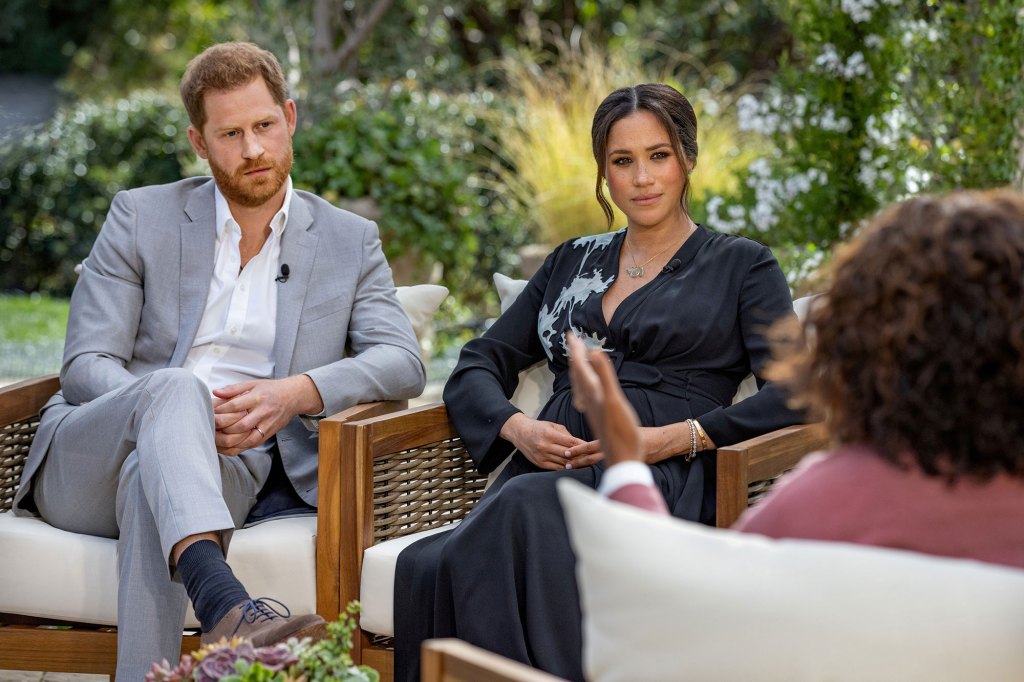
“My biggest concern was history repeating itself,” referencing his late mother in a 2021 interview with Oprah Winfrey. “I can’t imagine what it must have been like for her going through this process by herself all those years ago. It’s been unbelievably tough for the two of us — but at least we had each other.”
In his Apple TV+ documentary “The Me You Can’t See,” Harry confessed that he “was so angry with what happened to [my mother] — and the fact that there was no justice at all.”
“Nothing came from that. The same people that chased her into the tunnel photographed her dying on the backseat of that car,” he said.
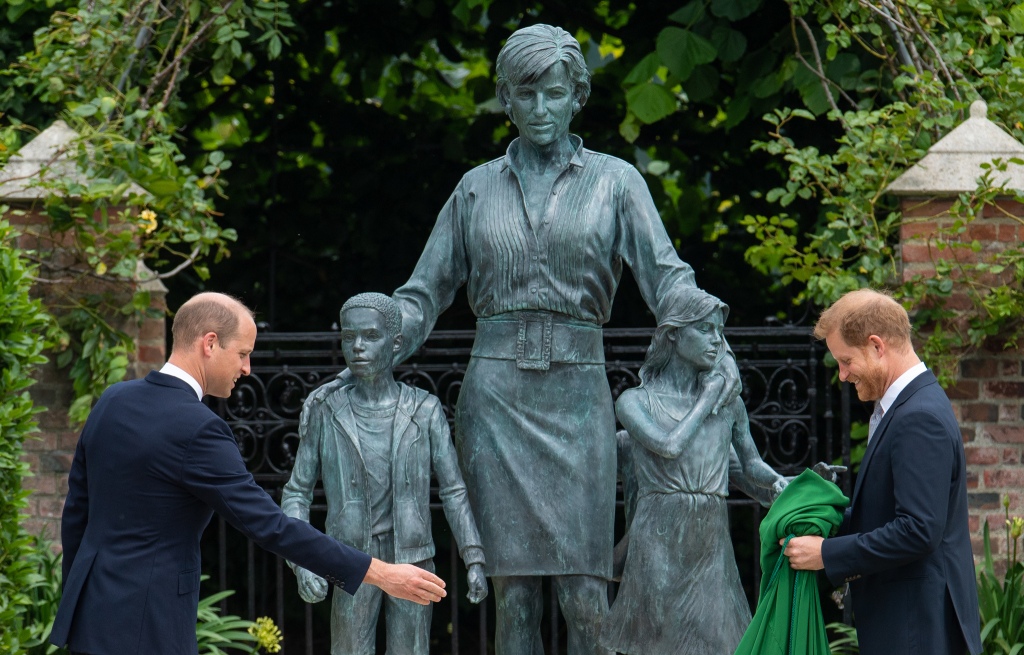
While conspiracy theories about her death have always tarnished her memory, many people still believe that the crash was not an accident. Even Diana herself was weary of cars and seemingly predicted her own demise in a shocking note written in 1995, two years before her death.
But Diana’s inescapable and endearing memory still lives on, long after she left this Earth.
Sally Bedell Smith, a royal historian and author of “Diana in Search of Herself,” once explained how.
“Her uncanny empathy grew out of her tenuous sense of herself,” Smith wrote. “She could shed her own troubles, compensating for her own emptiness, by losing herself in others’ traumas… she delivered the sort of compassion she desperately wanted for herself.”
Tessy Ojo, CEO of The Diana Award, gave a poignant tribute to Princess Diana on Wedneday that summed up the public’s adoration for her — despite never having met her.
“This summer marks 25 years since the tragic death of Diana, Princess of Wales. It was defining moment,” she said in a statement. “Like many others, I can distinctly remember where I was when I heard the news. I also recall that overwhelming sense of loss that led me to leave my flat in East London to lay flowers at Kensington Palace whilst pregnant! They say you grieve because you love, yet I met a community of thousands of mourners, who like me, had never met her but grieved like we have lost our best friend and sister.”
Read the full article Here


